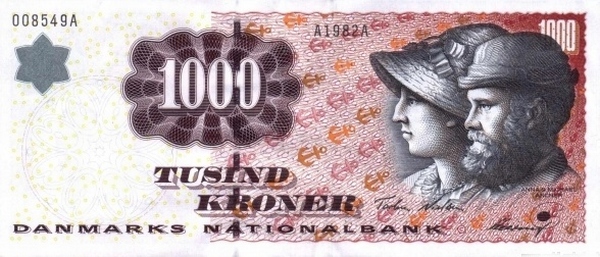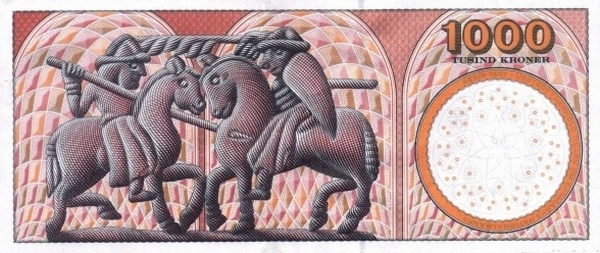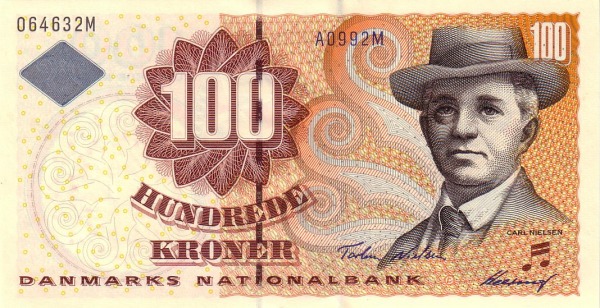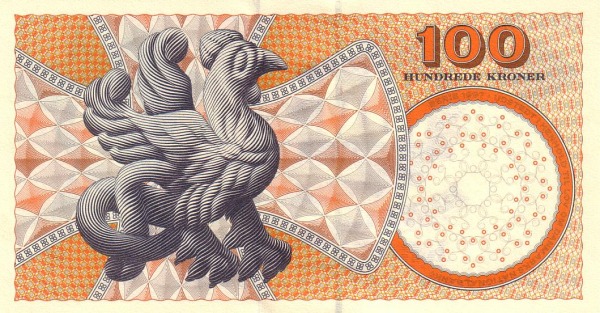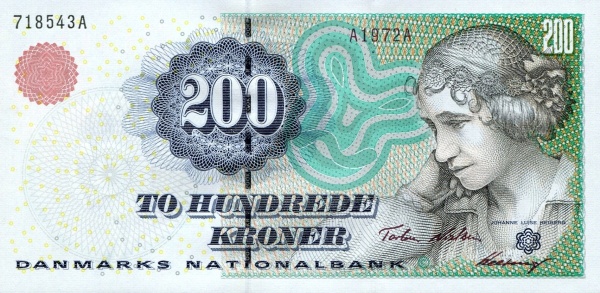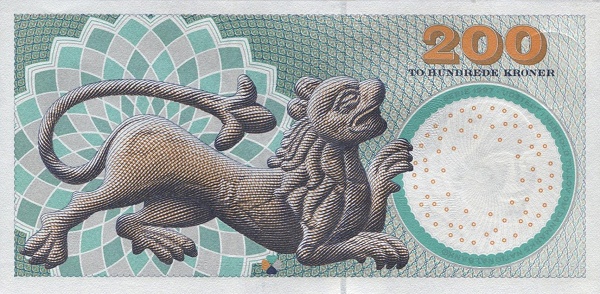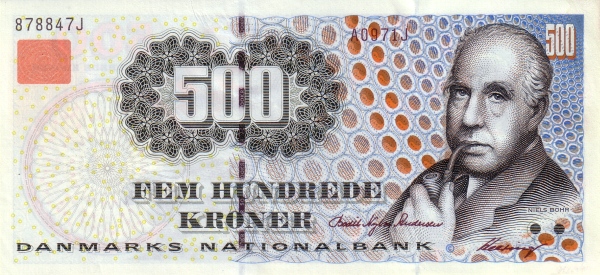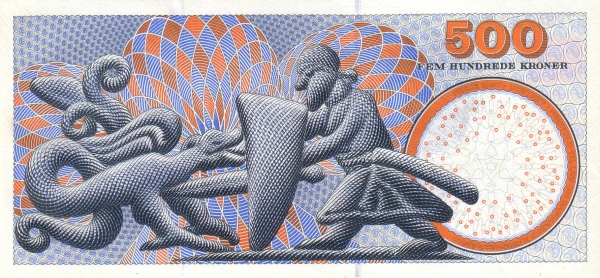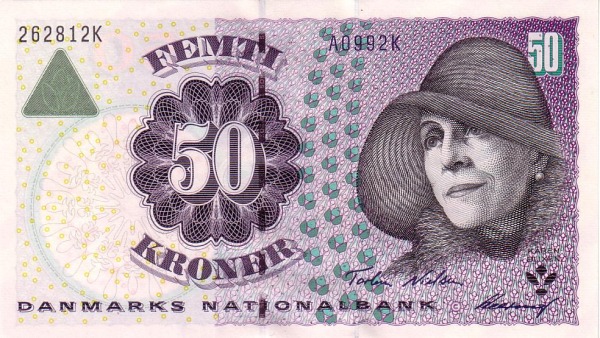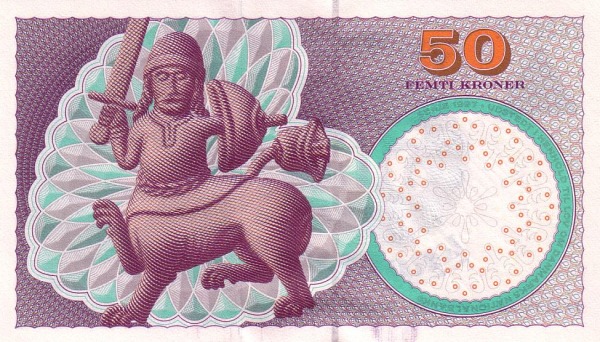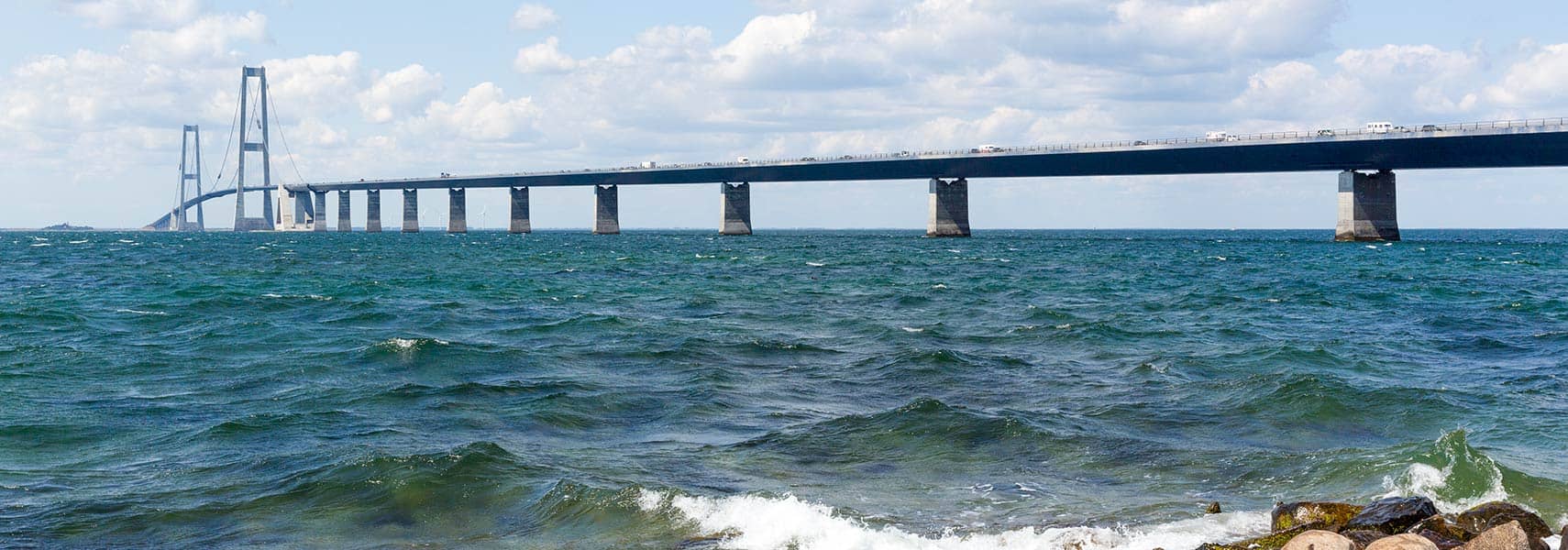Discovering Denmark: A Vibrant Scandinavian Gem
Denmark, nestled in northern Europe, is a fascinating nation known for its rich history and cultural heritage. This Scandinavian country occupies the Jutland Peninsula and numerous islands, situated conveniently north of Germany. Moreover, it boasts the last remaining territories of the Faroe Islands and Greenland. Remarkably, Denmark shares maritime borders with Norway, Sweden, Poland, and the United Kingdom, making it a crossroads of northern Europe.
A Brief Overview of Denmark's Geography
Denmark spans an area of approximately 43,094 km². To put things into perspective, it is slightly larger than the Netherlands and almost twice the size of Massachusetts in the United States. This relatively compact country features diverse landscapes encompassing low, flat terrain interspersed with gently rolling hills. The highest point in the nation reaches only 173 meters (568 feet) above sea level, emphasizing its generally flat geography. With its unique geographical placement, Denmark enjoys a temperate climate characterized by changeable weather, influenced significantly by its proximity to the Baltic Sea and the North Sea.
Demographics and People of Denmark
As of 2016, Denmark is home to approximately 5.7 million people, with Copenhagen serving as both the capital and the largest city. The primary language spoken is Danish, complemented by a significant proportion of German speakers. Impressively, English has emerged as the primary second language across the nation, highlighting Denmark's global outlook. In addition, the populations of the Faroe Islands and Greenland speak Faroese and Greenlandic, respectively, showcasing the linguistic diversity within the kingdom.
A Historical Snapshot: The Kingdom of Denmark
Historically, Denmark has evolved from being the stronghold of Viking raiders to establishing itself as a significant power in Northern Europe. From the 17th to the 20th centuries, Denmark and the former union of Denmark–Norway commanded an expansive colonial empire, reaching areas in North America, the Baltic states, France, and parts of northern Germany. This colonial heritage significantly influenced Denmark's current status as a nation with one of the highest living standards in Europe.
A Modern Approach to Welfare and Immigration
Today, Denmark proudly showcases a thoroughly developed social welfare system. The Danish government is committed to the country's prosperity and actively participates in European political and economic integration. Remarkably, Denmark maintains a liberal stance on immigration, which has helped enrich its cultural tapestry.
Despite its progress, Denmark has opted out of certain aspects of the European Union's Maastricht Treaty. Notably, it remains detached from the economic and monetary union (EMU) and other specific internal affairs, demonstrating its unique approach to European collaboration.
Government and Political Structure
Denmark operates under a constitutional monarchy, established with the constitution enacted on June 5, 1953. The monarchy plays a symbolic role in national governance while the democratic system oversees the country's political matters. This structure reflects Denmark's deep respect for tradition while catering to modern governance needs.
Exploring Denmark’s Natural Resources and Industries
Denmark's economy thrives on its vast array of natural resources, including petroleum, natural gas, and various forms of seafood. Agricultural activities also flourish, with significant production of barley, wheat, potatoes, and sugar beets. The livestock industry, particularly pork and dairy products, remains robust, showcasing Denmark's agricultural strengths.
Industries in Denmark are diverse, contributing significantly to its economic landscape. Key sectors include iron and steel production, chemicals, food processing, machinery, textiles, and electronics. Denmark has built a reputation for exporting high-quality commodities such as machinery, meat products, and pharmaceuticals, further solidifying its status in the global market.
Trade Relations: Exports and Imports
Denmark maintains strong trade relationships with several key partners, including Germany, Sweden, and the United States. In 2015, Germany accounted for 17.8% of Denmark's exports, while imports from the same country represented 20.4%. This interconnectedness emphasizes Denmark's role as a vital player in international trade.
Culture and Lifestyle in Denmark
Denmark's cultural fabric weaves together a rich blend of historical influences and modern innovations. Danes are known for their strong community spirit and commitment to environmental sustainability. The concept of “hygge,” which conveys warmth, coziness, and togetherness, reflects the Danish lifestyle and underscores the importance of community and relaxation in daily life.
Moreover, Denmark is recognized for its exceptional approach to education, boasting a literacy rate of 100%. The emphasis on quality education fosters a well-informed population that actively engages in both local and global issues.
Conclusion: A Journey Through Denmark
In conclusion, the Kingdom of Denmark represents a harmonious blend of rich history, stunning geography, and modernity. From its remarkable Viking heritage to its status as a prosperous, welfare-focused nation, Denmark embodies the spirit of innovation and community. This Scandinavian jewel undoubtedly holds a special place in Europe's cultural and economic landscape.
Largest cities of: Denmark
| City Name | Population | Year of foundation | |
| Copenhagen | 794,128 | 1254 | |
| Aarhus | 275,585 | 770 | |
| Odense | 205,116 | 988 | |
| Aalborg | 116,247 | circa 1000 | |
| Esbjerg | 72,010 | 1868 | |
| Randers | 61,647 | 1300 | |
| Kolding | 60,914 | 965 | |
| Vejle | 60,680 | 1200 |
Denmark: Money
